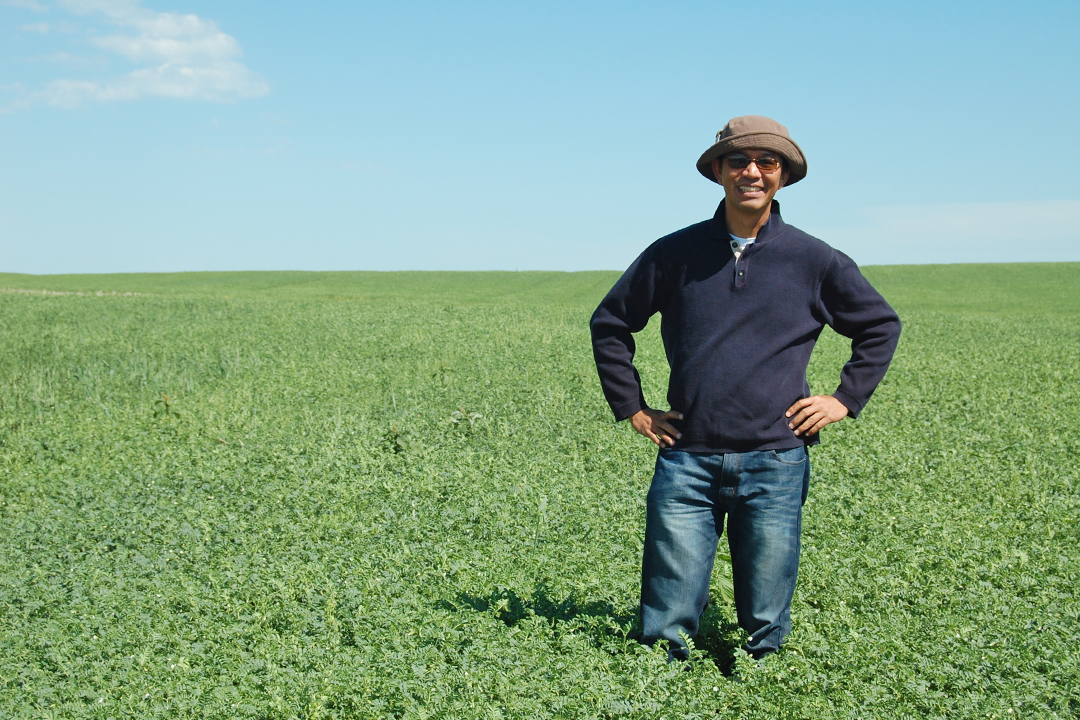
Diversifying chickpea genetics for better crop performance
University of Saskatchewan researchers Bunyamin Tar’an and Donna Lindsay at the Crop Development Centre (CDC) are part of an international project that will increase the genetic diversity of chickpea crops by providing plant breeders around the world with access to thousands of seed progeny from wild plants.
By Sarath Peiris“The scale and depth of this study makes it unique,” said Tar’an, Agri-Food Innovation Chair at the CDC. “This research generated close to 10,000 progeny from crossing samples from where wild chickpeas grow in southeastern Turkey and crossing them with cultivated lineages.”
In a paper published Feb. 13 in Nature Communications, the 49 university researchers, faculty members and students involved in the five-year project say the seed collection they’ve developed “contains greatly expanded diversity and a range of traits of potential agronomic importance.” The collaboration was led by Doug Cook from the University of California Davis.
The diversity of available materials means chickpea breeders from countries such as Canada, Turkey, India, Ethiopia, Pakistan, Russia, Australia and the United States can select desired genetic traits to address their current problems and future opportunities.
“Characteristics like drought, heat and cold tolerance, seed nutrient density, reduced dependence on inputs and resistance to stresses — many of these are crucial for the sustainability of the chickpea crop in Western Canada,” explained Tar’an.
The CDC, which has developed more than 400 commercialized crop varieties since its inception in 1971, provided the protocols for successful crossing between the wild and cultivated varieties of chickpeas during the early stages of the project.
U of S expertise and facilities such as the greenhouse complex, phytotron, analytical lab and field breeding lab were critical to analysing seed nutrition quality, stress tolerance and disease resistance in chickpea plants.
While the new primary seed material gathered for the project are maintained in a gene bank in Turkey, the progeny lines (more than 2,500 in all) were distributed to member countries of the project. Research at the U of S has now generated more than 650 diverse seed lines that are available for the CDC’s chickpea genetic improvement program.
While the new progeny material can be readily used in breeding programs, it could take as many as 10 years until the traits are fully integrated into commercial varieties because plant breeding is a long-term endeavour, Tar’an said.
“The research we describe in Nature truly reflects the value of global collaborations with common goals and sharing expertise among different groups,” he said.
Sarath Peiris is assistant director of Research Profile and Impact at the U of S

